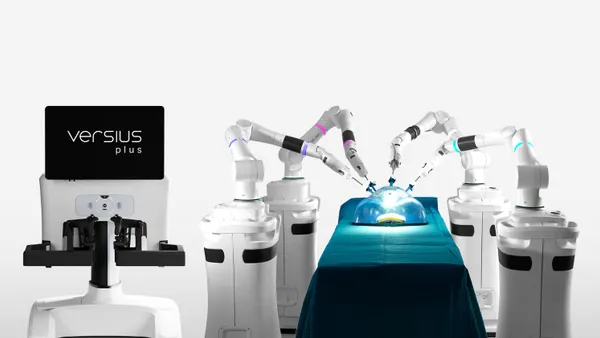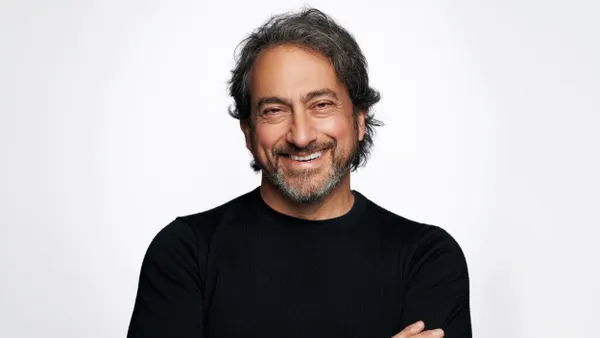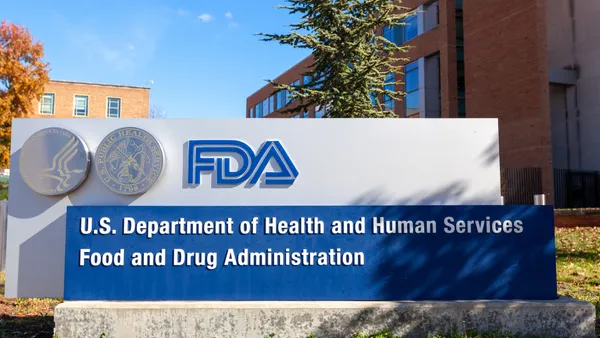Dive Brief:
-
Surgeons at the University of Pennsylvania have performed the first robot-assisted bilateral free flap breast reconstruction.
-
The procedure, which used Intuitive’s da Vinci system, took tissue from the lower abdomen and used it to rebuild the breast.
-
Using the robotic system reduced the size of the incision into the abdominal wall muscles, potentially resulting in faster recovery times and less need for post-surgery painkillers. A team at Medical University of South Carolina previously performed a robot-assisted unilateral breast reconstruction.
Dive Insight:
Tissue-based reconstruction is one of several options open to women who undergo mastectomies. Advocates of the approach argue it gives a more natural look and frees patients from the infection risk and additional surgeries associated with implant-based reconstructions. However, tissue-based reconstruction has traditionally taken longer to recover from than the implant-based approach.
To shorten post-procedure recovery times, surgeons from the Perelman School of Medicine at the University of Pennsylvania have begun to use a minimally-invasive variant of the tissue-based method. The goal is to remove skin and fat from the lower abdomen without cutting into the muscles.
Suhail Kanchwala, an associate professor of plastic surgery at Perelman, has now performed the minimally-invasive, laparoscopic breast reconstruction procedure more than 120 times. In 70% of cases, the patients did not need narcotics, even while anesthetized. Kanchwala said he has seen post-surgery hospital stays go from five days to just one or two days.
Now, Kanchwala has led a team that incorporated a surgical robot into the laparoscopic technique. As in the standard minimally-invasive approach, the goal was to avoid the large cuts into abdominal muscle that extend recovery time, cause pain to patients and raise the risk of complications such as hernia.
“We’ve been using a minimally-invasive, laparoscopic technique to reduce pain and get patients home more quickly without using narcotics for more than a year. The addition of the surgical robot allows for greater precision and is the next step in our evolution,” Kanchwala said in a statement.
The application of Intuitive’s well-established da Vinci system to a new procedure comes as a wave of companies are seeking to challenge the incumbent’s dominance and expand use of robotics, either by developing specialized systems or bringing down the cost of the technology.












